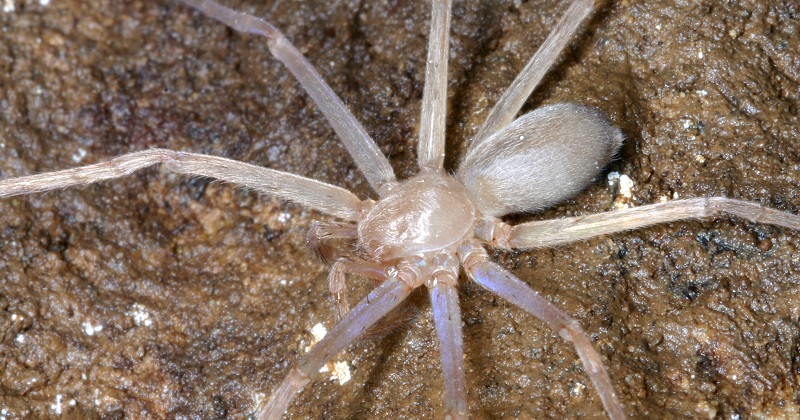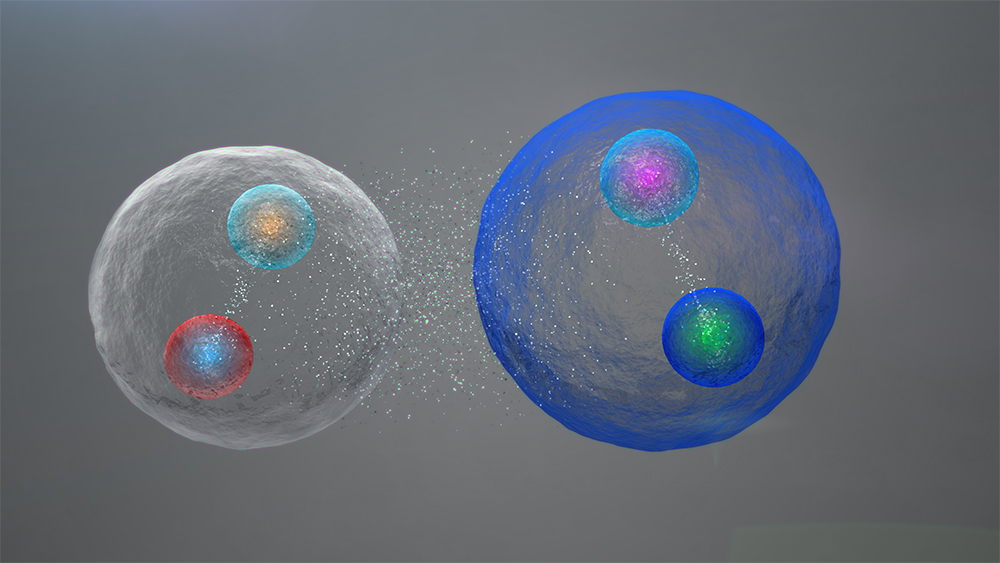We all do it. Animals, birds, plants and human beings. We change constantly. The changes are very minuscule but over a long period of time they seem pretty visible.
We evolve. We adapt. The process which helps a living thing to change in order to survive the changes in its environment is called adaptation.
Imagine if suddenly the place you are living becomes hot or cold, what will you do? Well, if you do not have artificial means of regulating temperature, you will probably move. That is what the birds and whales do when the winters approach. You must know this phenomenon as migration, but it is also a kind of behavioural adaptation.

Ever seen a Venus fly trap? Was it always a meat eating plant? No. This plant and other meat eating plants used to grow in a soil that did not have nitrogen. Therefore, these plants adapted themselves to grow in these places by absorbing nutrition from insects or small birds or mammals. The first plant in the species must have accidentally swallowed a prey and realized it was a happy meal, the rest of the species followed.
Plants like cactus, being stuck in the hot desert adapted to survive the heat. The leaves disappeared, and needles appeared, the stem became green. It started storing water in its succulent stem. Nothing else stood a chance in a desert but cactus survived. While Cactus stores each and every drop of water, the rain forest plants have waxy leaves and drip tips to lose excess water.
You look at birds, and the first thing that comes to your mind is flying. The birds became airborne some 150 million years ago. They wanted to run away from fast predators so the feathers that were supposed to keep them warm were eventually used to help them fly. On the other hand, some of the flightless birds like penguins or kiwi that could initially fly lost their ability to fly later when they were isolated on places with no predators.

You must have heard of blind insects. Have you heard of eyeless spiders? This species has been shown to have adapted to living in the cave without sunlight for so long that they don’t need the eyes anymore. Being blind is one thing but not to have eyes altogether. Sinopoda scurion is the first eyeless huntsman spider in the world.
Being disconnected from the world does strange things. Galapagos island is a perfect example of that. The famous English naturalist Charles Darwin based his theory of evolution after studying the wildlife of Galapagos island.

Some living things use camouflage to blend in the surroundings to escape a predator.
Sometimes there are some non functional body features or parts that exist but have no use at present and we have no way of knowing what they did in the past. For example, whales and dolphins have leg bones, probably the remains of a leg. There is a possibility that their ancestors used to walk. Humans have an appendix, that can only give us pain. We have no clue how it was ever of any use. There are gill slits found in human embryos although they are not used for breathing. Does that mean we were fishes before we changed to humans but still retain the gill slits? Did we evolve from fish? May be!
Image Credit: Featured Image by Newhaircut from Flickr





Leave a Reply